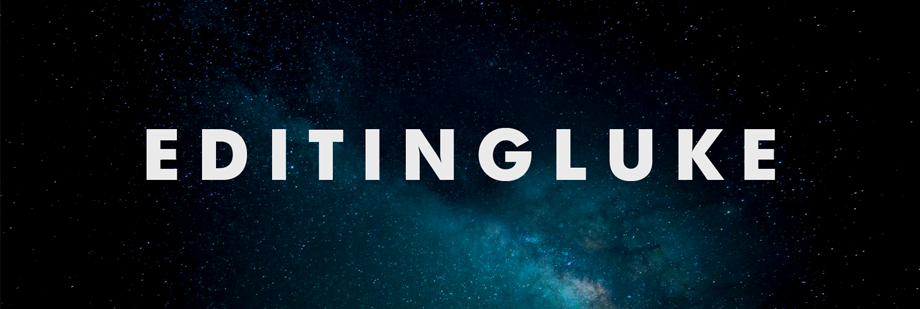The following comes from my column, Spliced from Volume 47 - Issue 21 of the Carillon (the University of Regina newspaper) from March 2005.
I’ve known
since I started writing this column that it was an inevitability that
eventually I’d be writing about Steven Spielberg.
I certainly feel no regret in
doing this, but you have to understand that it almost feels to easy. Spielberg is a brand name synonymous with big
budget blockbusters, heartfelt storytelling, and in no understatement of the
word, success.
My personal DVD collection
fashions more of his movies than of any other director. Twelve to be exact. And as a film major, to disregard the work of
Spielberg is to disregard the Empire State Building in the New York
skyline. It’s tough to miss, and why
would you want to?
The longevity of Spielberg’s
career is undoubtedly because of his knack for great stories that often push
the envelope, and his understanding of a medium that he wisely uses to inform
and entertain.
If you’re wracking your brain to
think of Steven Spielberg films you’re crazy.
His real breakthrough film was Jaws in 1975, and please don‘t
admit to anyone that you‘ve never heard of it.
Then there was Close
Encounters of the Third Kind (1977), The Indiana Jones Trilogy
(1981-1989), The Color Purple (1985), Hook (1991), Jurassic
Park (1993), Saving Private Ryan (1998), Minority Report
(2002), and The Terminal (2004).
And yes, I have omitted a few for the sake of not filling up the entire
article with titles.
However, I did omit three films
purely for the sake of pointing them out as my favourites, and arguably
Spielberg‘s best work. I’m speaking, of
course, about E.T. the Extra-Terrestrial (1984), Schindler’s List (1993),
and Catch Me If You Can (2002).
These are three very different films, that each accentuate the talents
and control Spielberg has over his craft.
E.T. is a shining example
of the family drama that Spielberg is so good at constructing. Can you honestly admit that you didn’t get
the chills when Elliot’s bike took off, or when you thought E.T. might
be dead? I can’t even handle it, it’s
just such a good movie. Excuse me, I
suddenly have a craving for Reese’s Pieces.
On a completely opposite end of
the spectrum, Schindler’s List is probably one of the most shocking,
emotional and powerful films that through its performances, horror, and beauty, captures the frailty, the inexcusable cruelty, and the hope that
resides within humanity. This film about
the Holocaust and the work of Oskar Schindler is one narrative that can’t be
underestimated. It's one of the must see films in modern American cinema.
Catch Me If You Can (2002)
is again another shift in Spielberg’s range.
This film embraces the best of popcorn entertainment. It’s colourful, exciting, funny, and a great
heist film that follows Frank Abagnale Jr. (Leonardo DiCaprio) as he takes to
forging checks and living out the best of 1960’s pop culture. If you‘re looking for a fun cat and mouse caper, this is it.
War of the Worlds is the
next picture to grace Steven Spielberg’s illustrious filmography this summer,
but in the meantime, there are more than enough of his previous works to
enjoy.
I hope throughout these weekly
articles, you’ve been reminded about some of the movies that you haven’t
watched in years, and feel encouraged to go out and pick some of them
up. If you want an easy choice at the
video store, few people are going to criticize your taste in Spielberg.
 The toys are both in pretty good shape, and I still get a kick out of all of the reels. There were a lot of Disney, Snoopy, and a few famous city travel reels at the bottom of the canister. We never really kept them organized, which is also why a lot of random reels ended up in the box with my mom's View-Master too.
The toys are both in pretty good shape, and I still get a kick out of all of the reels. There were a lot of Disney, Snoopy, and a few famous city travel reels at the bottom of the canister. We never really kept them organized, which is also why a lot of random reels ended up in the box with my mom's View-Master too. 











































